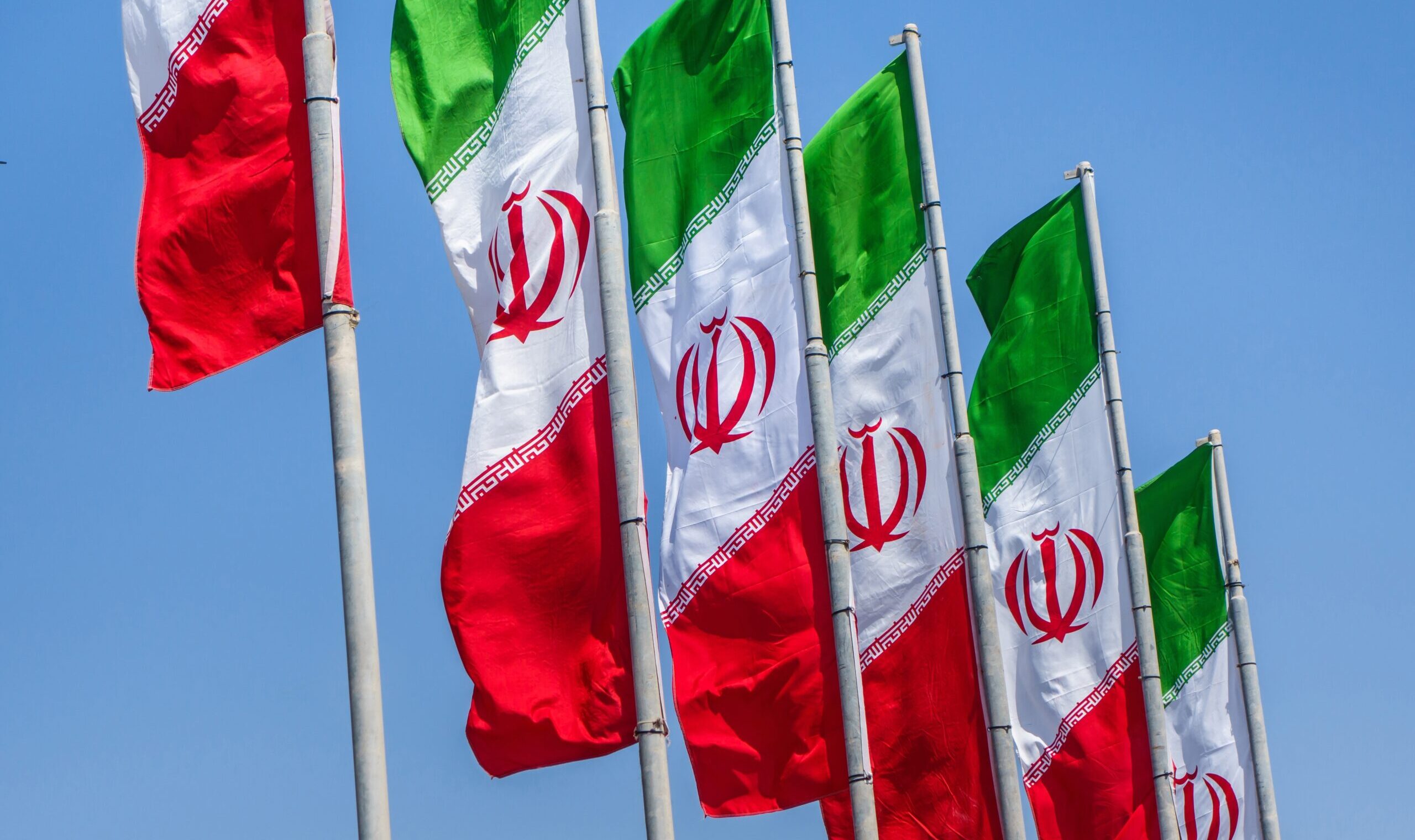Slumdog Millionaire Revisited
Look, I enjoyed Slumdog Millionaire quite a bit, but can anyone seriously say that Jamal Malik showed “Obamaesque” poise?
Llosa isn’t done yet:
That Boyle managed to tell a Bollywood story without falling into any of Bollywood’s conventions — except for a musical number during the final credits that comes as a summation of the narrative’s uplifting spirit — is one of his extraordinary achievements.
This gets it almost entirely backwards. Llosa can recognize the Bollywood story because Boyle made a non-Bollywood movie that did fall into most or all of Bollywood’s conventions. You have the lovers who are fated to be together, the oppressed, but honest young man struggling against misfortune, the Pyaasa-like depiction of poverty and exploitation, the inevitable involvement with gangsters, the predictable sermons against communal hatred, the hopeless romanticism that compels at least one of the lovers to risk everything and break all worldly ties. There is even a nod at the end to Rama and Sita as a type of enduring love, and on and on. It has almost everything except a story involving long-lost brothers…no, wait, it has that one, too! The only thing that we do not see is the obligatory shaadi, and we can assume that it is forthcoming. One of the things that you learn from watching a lot of Bollywood movies is that their conventions and the conventions of Hollywood aren’t that different. If production values separate the two kinds of film, their storylines bring them back together far more often than most Westerners realize (and not only when Indian screenwriters lift the plots from other films).
What is interesting is how Boyle managed to make a movie that is so recognizably like Bollywood movies, which many tend to feel obliged to denigrate whenever we mention them, while simultaneously winning acclaim for making the best movie of the year. Perhaps that says something about the real quality of Boyle’s film, or perhaps we are hearing all this praise for it because it has become a vehicle that allows people to appreciate something about popular Hindi cinema that they were unable to see before Boyle’s film helped make it accessible. Perhaps it took a foreigner making a movie in India that pays respect to the local cinematic traditions for the designation Bollywood to cease provoking automatic derision.
